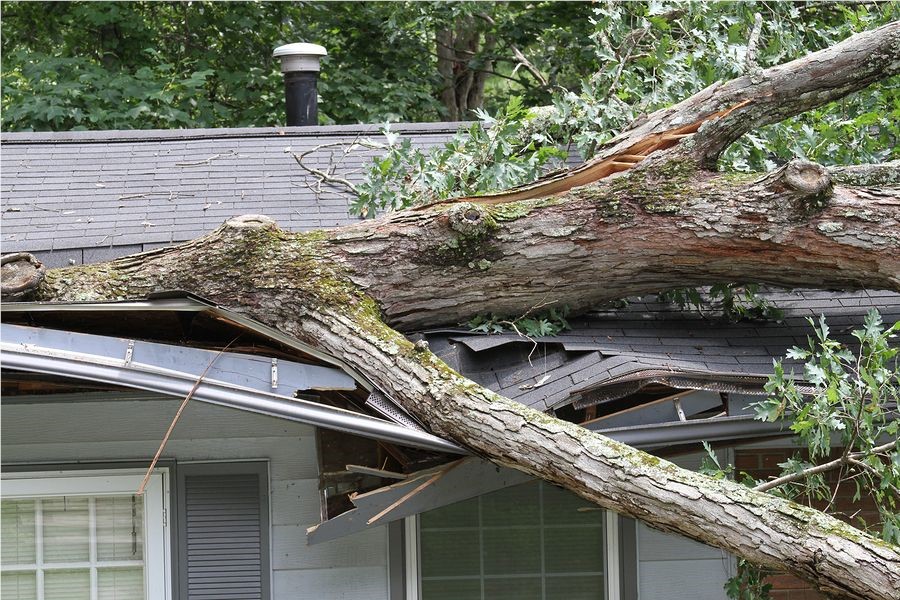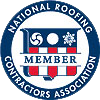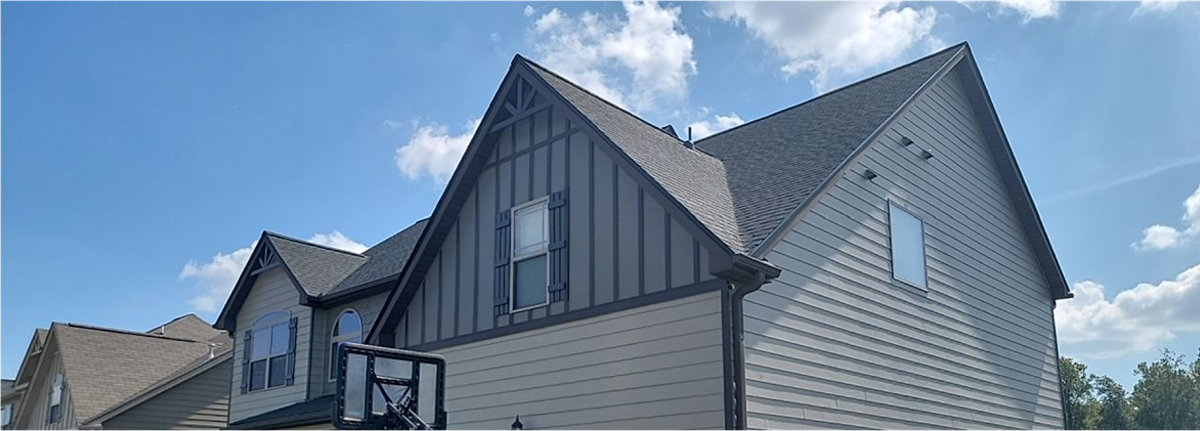How to Prepare for Storm Season and What to do if Damage Strikes
When severe weather strikes, homeowners can face an urgent situation if they're facing damage to their property. In most cases, the potential fallout from this weather is only beginning: While the storm itself can cause initial damage to the home, that damage creates an entry point for additional damage that can bring even more costs, safety hazards, and challenges when it comes to repairing.
A home's roof is especially important to quickly repair after storm damage strikes. Because it provides a protective shield over so much of the house, even small amounts of roof damage could become a serious issue when homeowners fail to address this damage and seek out a professional to make the necessary repairs.
If your home has suffered damage in a storm and you're not sure where to start, don't worry. Here's a look at some of the common types of storm damage that can affect a home's roof, and what you need to do to ensure the damage is quickly repaired.
Identifying damage from falling objects
Many types of storm damage are caused by falling objects that strike the roof, resulting in bent or broken shingles, as well as possible damage to the frame of the roof. Common causes of this damage include falling tree limbs broken off by high winds, as well as hailstorms, which can create small but problematic dents and holes in your roof.
While damage from large objects like tree limbs is easy to identify, hail can be more challenging. It often appears as circular indents or marks on a roof, and you'll likely find multiple instances of this on your roof if you've suffered damage from a recent hailstorm. While hail itself isn't a roof emergency, it can degrade the strength of your roof's protective outer layer, and will need to be replaced eventually.

Bent shingles from high winds
High winds can slip under the lips of your home's shingles, bending them back and making it easier for water to get underneath. When severe Spring weather brings high winds that damage your roof, it's normal for your home to lose some of its shingles. You might also notice missing shingles on the roofs of neighboring homes.
Bent shingles aren't necessarily an emergency, but they do need to be inspected and potentially replaced. Missing shingles are a different story: due to the size of the damage, they need to be quickly replaced to keep rain from seeping into your home and to prevent future storms from using this damage to rip off even more shingles.
Leaks and water damage
Cracks and leaks can develop in your roof from severe weather, but this damage isn't always obvious to the homeowner-especially when inspecting the roof from the ground. The most common way these leaks are identified is by discovering water stains on the ceiling or walls inside your home.
Severe weather can cause or exacerbate these leaks, forcing water into your home and causing extensive damage if it goes unaddressed. If you discover water stains and aren't sure of the cause, your roof may be the source-and quick action to address the damage is key.
Contacting your insurance adjuster
Outside of replacing a missing shingle or two, most roof damage from severe storms can't be fixed by the homeowner themselves. And there's a good reason you don't want to handle it on your own: If a severe storm is the cause of that damage, your insurance company may pay to partially or fully cover the cost of your entire home.1
To quickly address storm damage, professionally fix your roof and possibly pass on the costs to your insurance company, it's important to file a claim and have an insurance adjuster come out to assess the damage. An adjuster will be able to identify the damage, identify the cause, and make a determination on whether a roof repair or replacement is covered in your insurance policy.
Tornadoes, thunderstorms, high winds, and hail are just some of the types of severe weather that can damage your roof and require quick action. If you suspect that your roof has been damaged in a storm, take action quickly-the longer you wait, the more damage and repair costs you may suffer as a result.
Tags
Subscribe to Dr. Roof's Blog





Comments